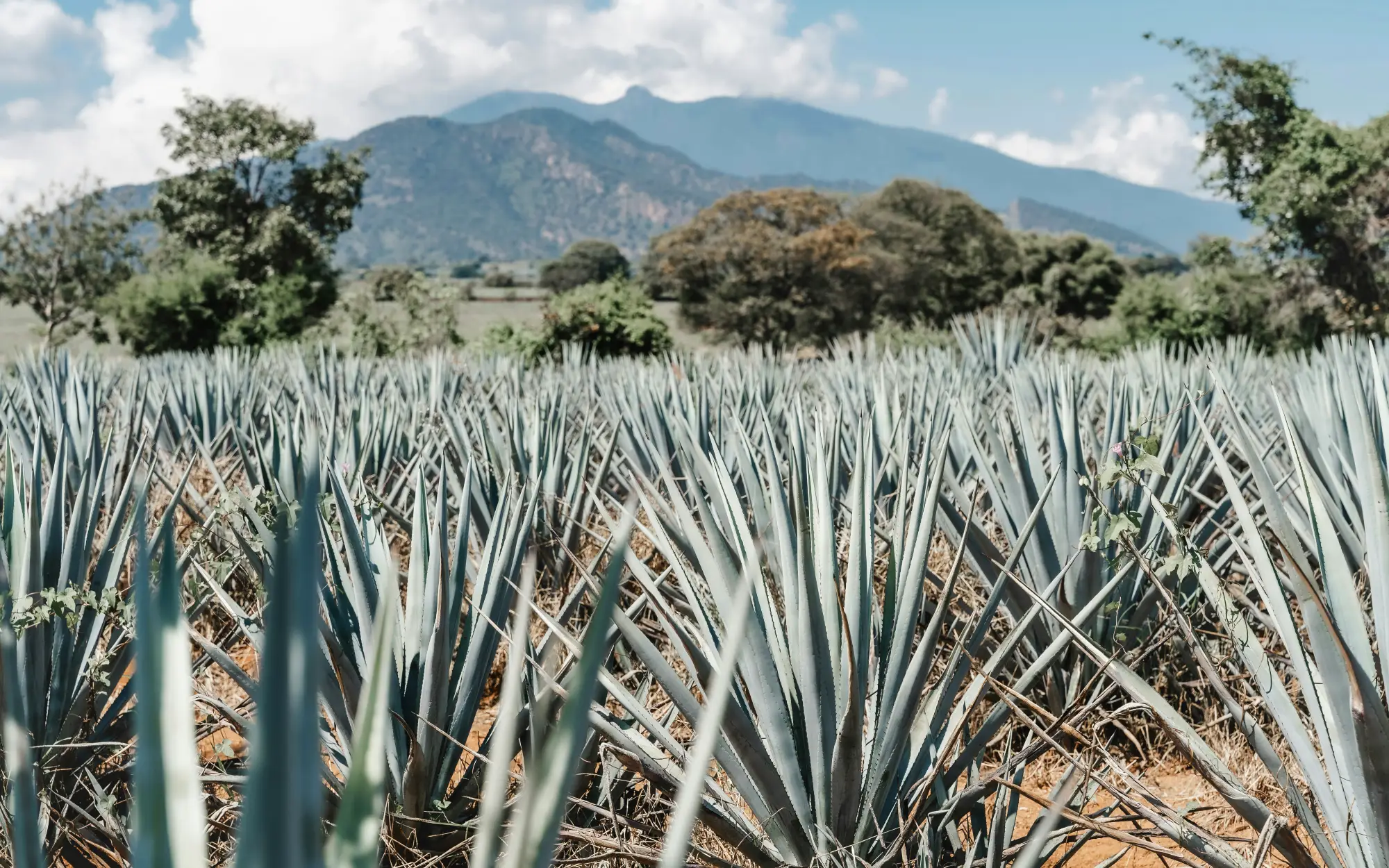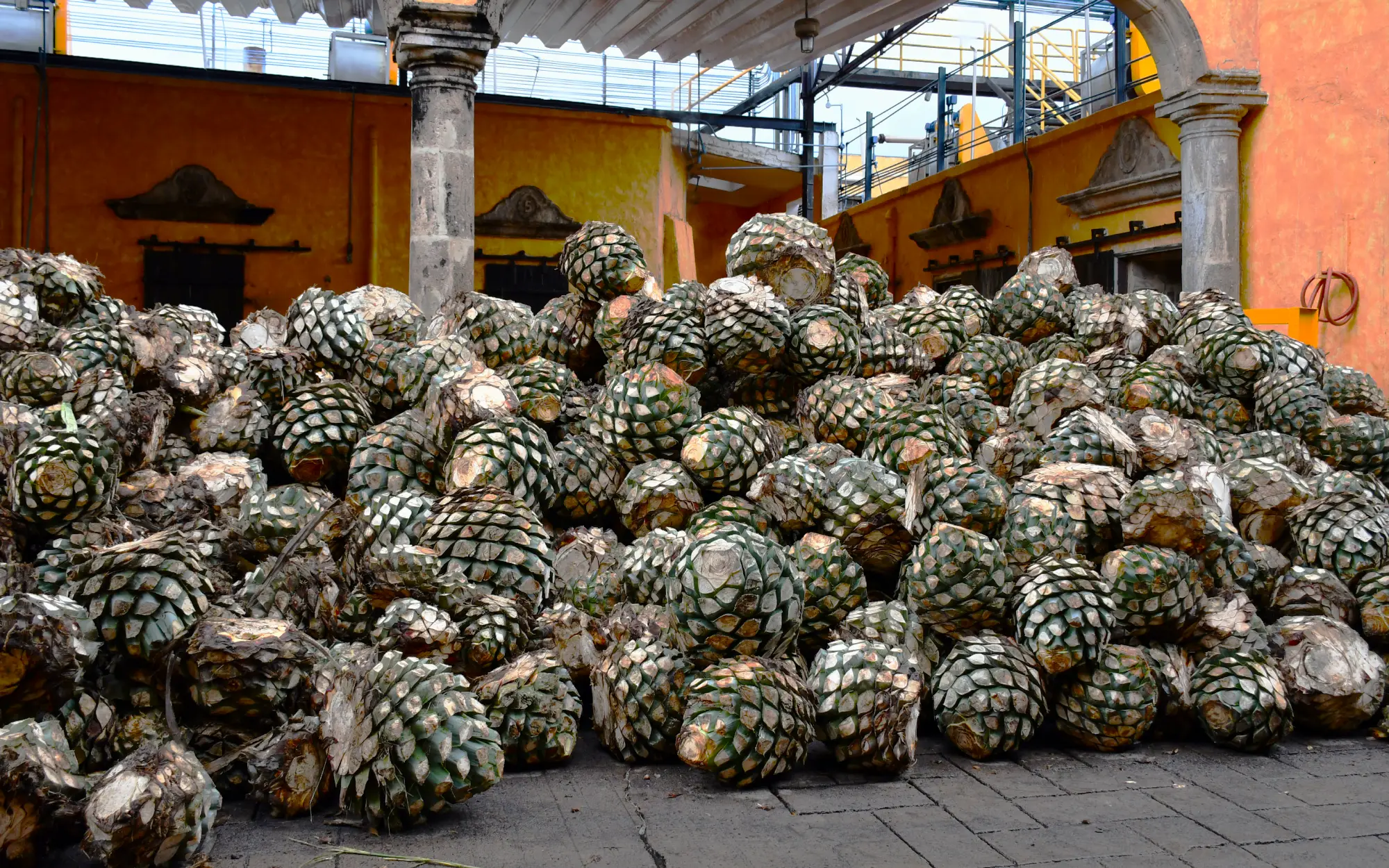
The land of the blue agave and the traditional Tequila industry
With an extension of almost 40,000 hectares, the agave landscape and old industrial facilities of Tequila is located between the Tequila volcano and the deep valley of the Rio Grande de Santiago, in the State of Jalisco. This extensive landscape of blue agaves, shaped by the use of the plant since the 16th century, was declared a World Heritage Site by UNESCO in 2006.
The Agavera Region, in the Valleys Region of the State of Jalisco, is one of the most important cultural landscapes in Mexico, not only because of the importance of the natural landscape it offers, but also because of the cultural tradition that it has maintained for several centuries and which has emerged one of the main national icons: tequila.
The cultivation of agave and its distillation have produced a distinctive landscape within which there are a series of haciendas and distilleries resulting from the fusion of the pre-Hispanic traditions of fermentation of mezcal juice with the typically European distillation processes that would give rise to the liquor.
The region located in the State of Jalisco links us with history, with the ancestral uses and customs around the agavera culture that endure in the present and that have been transmitted to the Mexican national identity.

Agave hearts.
This collection of haciendas and distilleries, in many cases complete with their equipment and reflecting the growth of tequila distilling over the last two hundred and fifty years, are together an exceptional example of distinct architectural complexes that illustrate the fusion of technologies and cultures.
The landscape that is alive and worked by the agave culture in the towns of Tequila, Magdalena, Arenal and Amatitán is also part of the place, where traditionally the heart of the agave is fermented and distilled. In these places, the Teuchitán culture already used the plant to produce fermented foods and textile products, transforming the land to create terraces for agriculture, as well as temples and ceremonial sites, which are also included within the protected area.
The agave landscape exemplifies the continuous link between the ancient Mesoamerican agave culture and today, forging the cultural and regional itinerary that is distinguished by a solid identity rooted in the history of Mexico. It is, definitely, an open museum where the manifestations of the communities that have modified the original environment and flora of the valley for centuries to adapt them to the cultivation of agave, and thereby giving the region an identity and unique landscape characteristics, are represented.
Welcome to Mexico!
Share this Sight with: